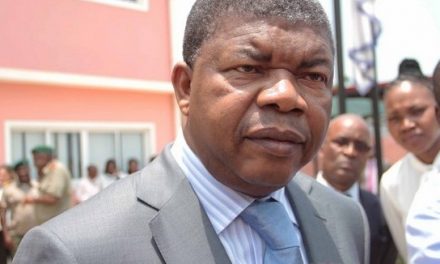
Analysts share thoughts on rates
The Bank of Namibia’s decision earlier this week to hike the repo rate by 25 basis points is a move it said was sparked by the need to align Namibia’s repo rate to that of members of the Common Monetary Area and to discourage the flight of capital out of the country.
Analysts this week shared their thoughts on the move taken by the bank. First to share was Capricorn Asset Management Investment Strategist, Suta Kavari who felt further hikes would depend on what the South African Reserve Bank would do. “Since the Bank of Namibia embarked on its tightening cycle in June 2014, growth in installment credit extended to households has moderated. Further rate hikes will depend on the South African Reserve Bank’s tightening cycle.”
Kavari added, “the worsening drought will exacerbate the forecast slowdown in growth, while the undesirable spill-over effects from agriculture will significantly increase food price inflation, putting pressure on monetary policy to contain inflation expectations. The Bank of Namibia would have been cognisant of maintaining a healthy rate differential between Namibia and South Africa, mindful of the keeping liquidity in the local market.”
For her part, PSG analyst Eloise du Plessis was not surprised by the move the central bank made. “The Bank of Namibia’s decision to increase the repo rate was in line with our expectations given the combination of interest rate hikes by the South African Reserve Bank and a spike in domestic headline inflation. Looking forward, the central bank’s inflation outlook aligns with our own, in that annual inflation is expected to increase gradually for the rest of the year.”
FNB economist Namene Kalili also gave his opinion, suggesting that the hike was necessary to support economic growth. “We believe that local policy rates [must] accommodate economic growth. Irrespective, we maintain our view that interest rates will increase by 100 basis points over the course of the year. A tighter monetary and fiscal environment is therefore expected to reign, with economic growth dipping below 4% over the next few years. Foreign exchange reserves improved in line with our expectations after benefiting from Southern African Customs Union inflows and depreciation of the local currency.”
Added Kalili, “reserves currently equal 5.8 times the currency in circulation or 3.5 months import cover. We do expect reserves to shrink by N$4 billion to N$5 billion over the next two years. Foreign exchange reserves and the savings rate will be key considerations going forward as a 25 basis point hike is insufficient to align overnight rates and thus attract capital back to Namibia.”
The next monetary policy announcement is slated for 13 April 2016.










































